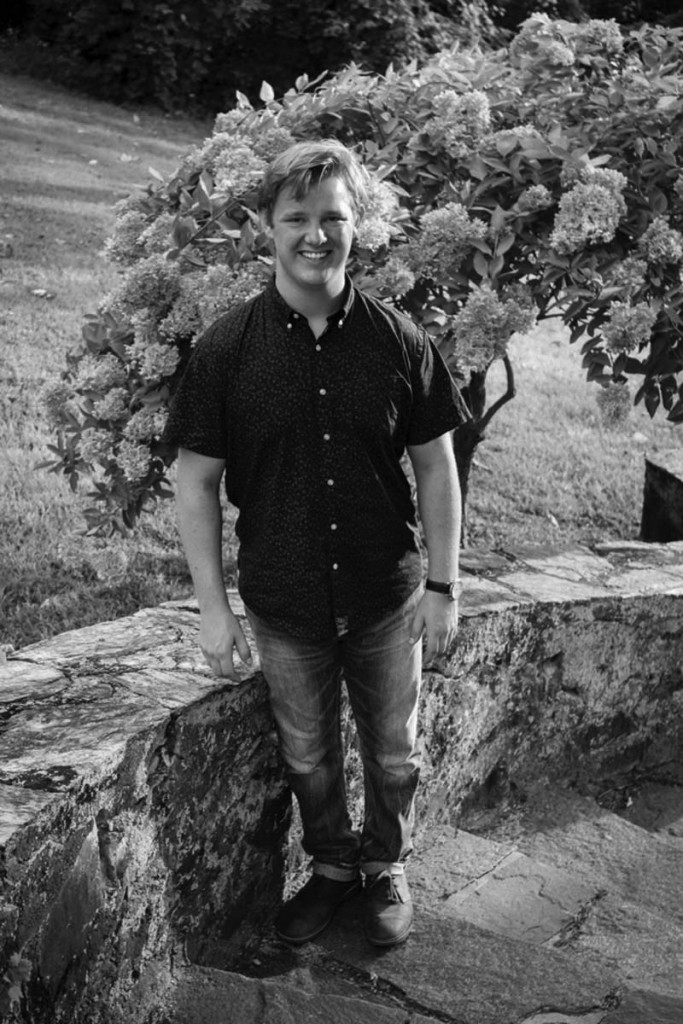Imagine a job where you are always in the middle of a national conflict, such as a war, and when you look around you see that you are the only one without a gun. All you have is a camera, a helmet, and a bulletproof vest. Your job sounds simple enough: you just have to take a photo that encapsulates everything that is going on at that exact moment. This is the moment when it starts to become complicated, because while you are taking this photo you are being screamed and shot at, and you wonder if you are hiding behind adequate cover to avoid the bullets that ricochet around you. In order to really grasp and understand this situation, you have to be in it. An experience like this can make an indelible impression. But at that moment in time life is very simple: take a picture and stay alive – that is all you have to do.
Eros Hoagland lived this life, and so did his father, until his father was killed in El Salvador. Eros Hoagland appears in the video series “Conflict,” published by “The Atlantic.” Hoagland is a former photographer who walked away from a life of conflict photography. He started his career covering events in Mexico, then eventually moved and took an assignment in Iraq.
The closest I have ever come to being in a situation of conflict was when I went to document what was happening at the Baltimore riots. That wasn’t half of what conflict photographers go through, but I can relate to the environment. You are getting screamed at by the police who you’ve been conditioned your whole life to listen to. All you’re doing is documenting what is happening, and you are being threatened. At this point you know where the photo is – it is all the way in the front, where the action is. So you keep pushing through the lines and risking your safety more and more until you are at the front line. There is this sense of energy in the air that is unlike anything else you will ever feel. Adrenaline is pulsing through your veins, and in this sense of experiencing minimal control, everything around you seems to stop. You weave your way through the crowd in this mental silence, blocking out everything but what you are seeing.
One of the most striking lines that Hoagland says in the video is, “The reason we fear wolves is because we don’t see them, but we see the remains of their kill.” This is what it was like for him to cover the news in Mexico related to the cartel killings. He says that while dealing with all of the murders on a day-to-day basis, you try to develop a type of numbness, but even while numb everything will catch up to you. He realizes that the world isn’t going to change and that the images he has created aren’t going to change anything: he says they are “a drop in the ocean.” He realizes that if he were to die taking photographs in a dangerous area, his death wouldn’t matter to him, but it would impact others: his loved ones and the people who truly care about him. He has a child on the way that he has to worry about, and he says that he wants to be there for this child’s life, which is part of the reason why he has left his profession.
I wholeheartedly believe you cannot fault a man for wanting to spend time with his child and be there to see him grow up. However I disagree with him on one point: photos do make a difference. I think that conflict photographers mark certain times in history so we never forget what has happened in those place and times. Our photographs may not make the impact that he is looking for, yet I think they do make an impact.

